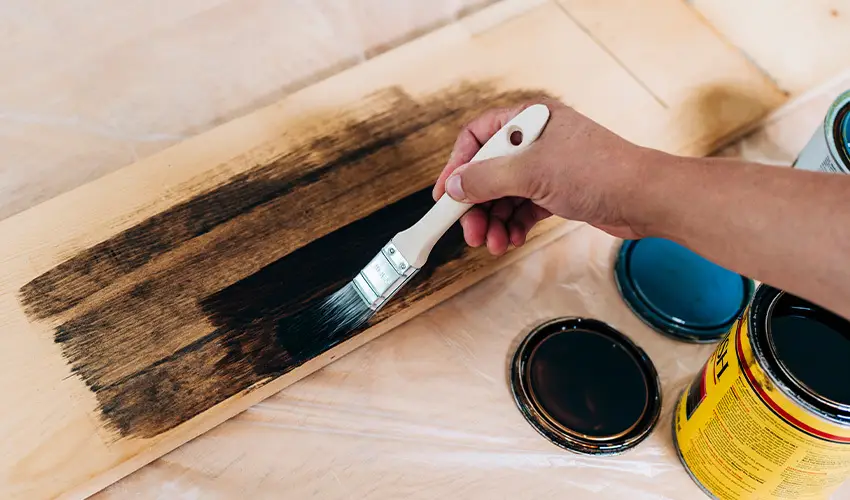How to Protect Wood From Carpenter Bees
Last Edited: 9/15/23
Have you ever heard of carpenter bees? If you answered no, you’re not alone. This species is a lesser-known variety. However, that doesn’t mean you should ignore them. Carpenter bees have a reputation for destroying wood, and your house could be next on their list.
Keep reading to learn how to protect the wood from carpenter bees …
Carpenter Bees: Wood-Damaging, Buzzing Pests
When you think of bees, you probably picture fuzzy black-and-yellow bumblebees. But there’s a darker bee on the prowl: carpenter bees. They don’t look like your average bee. They’re large, usually black, and hairless. And if you’re not careful, they will build a nest in your home’s wooden exterior.
Carpenter bees do not literally eat wood. Instead, they tunnel into it to lay their eggs. While trees are one of their favorite nesting spots, the wood siding on your house is also ideal.
Bee Infestation: Protect Your Home from Damage
As you can imagine, finding carpenter bees is not a welcome event. Although not aggressive towards humans (males don’t even have stingers!), these bees tunnels can compromise the structural integrity of your house, causing extensive damage.
To get to a point where you can repair the damage, first, you have to know how to get rid of carpenter bees and how to keep them away.
Here are a few ways you can protect your home:
- Try luring the bees into specially designed traps. You can make a trap by attaching a pre-drilled block of wood to a glass or plastic bottle. They look similar to birdhouses. The bees burrow into the wood and get trapped inside the bottle.
- Dust any carpenter's bee tunnels with an insecticide powder. Carpenter bees always return to their nests, so covering any drill holes with insecticide will ensure the bees ingest a fatal dose.
- Spray your home with insecticide. There’s a good chance you won’t find all of the drill holes on your own. Spraying both the inside and outside of your home with insecticide will kill any carpenter bees in the area.
- To help prevent them from returning next season, add a fresh coat of paint. Carpenter bees prefer untreated, unpainted wood. Paint and varnish will deter the bees from drilling into your home. Pay close attention to the most vulnerable areas, such as siding, windows and decks.
- Plug the holes. Once you get the infestation under control, you need to block the entrances. Fill any holes with putty or caulk to force the carpenter bees elsewhere.
Wood Damage: What to Do Next
Of course, getting rid of the bees won’t fix the destruction left behind. Carpenter bee tunnels can weaken the frame over time, and water often collects in the holes, leading to wood rot. Even their fecal matter can leave behind unsightly stains.
Repairing the wood depends on the extent of the damage. If you only find one tunnel, you may be able to fill it with steel wool, foil, wood glue, or caulk. However, if there is a lot of damage, you’ll want to replace the wood completely.
Surprisingly, carpenter bees may not be responsible for all the damage you find. Woodpeckers may also be to blame. Why’s that? These birds love to dine on carpenter bee larvae! If you find a cluster of small holes around your home’s exterior, there’s probably a hungry woodpecker that was making a snack of your carpenter bees.
Carpenter bees aren’t the only insects capable of damaging your home. Here’s how you can repair wood damage done by termites, ants, and other insects.
Professional Help to Repair Wood Damage
Once you tackle the carpenter bee infestation, your local Mr. Handyman will repair the damage. Request service online or call us today.
 Click to call
Click to call


